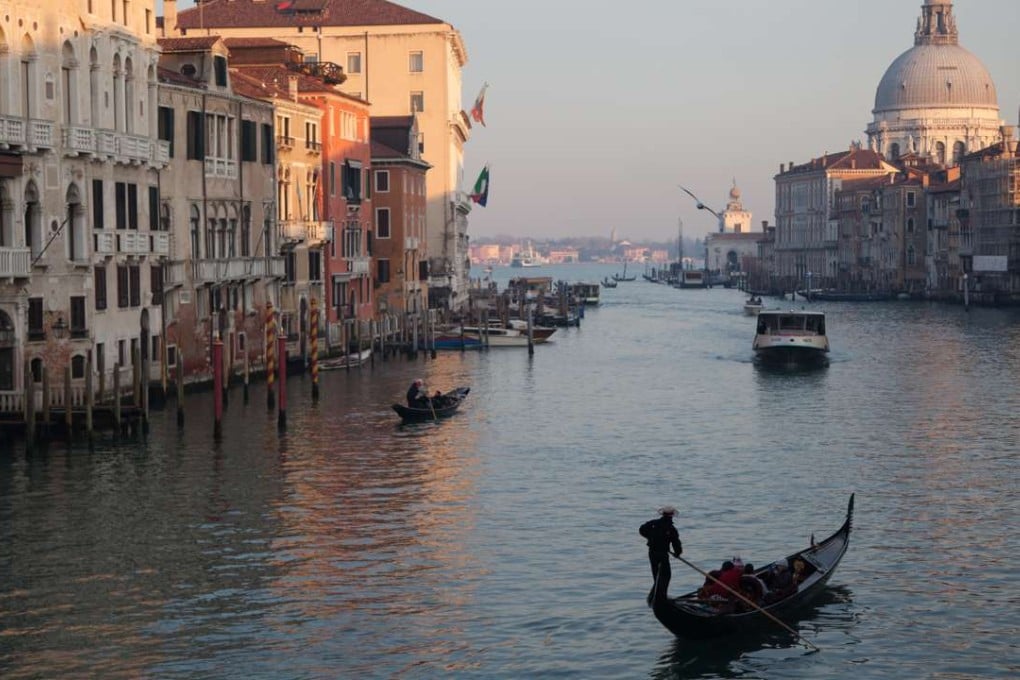Venice in winter is a hazy, horde-free, living watercolour
Russian poet Joseph Brodsky picked the perfect season in which to fall in love with the Queen of the Adriatic, and so might you when you find there are seats to be had at Harry’s Bar and the Venetians’ favourite bacari

Nobel laureate Joseph Brodsky adored Venice. So much so that, starting in the early 1970s, he dropped in on the Italian lagoon city annually for 17 years, enigmatically describing his buoyant Eden as being “like Greta Garbo swimming”. Here the Russian poet would all but disappear, becoming “a small moving dot in that gigantic watercolour”.
However, Brodsky added, “I would never come here in summer, not even at gunpoint.”
Lauded for centuries for its extraordinary prosperity, political stability and swagger, the Republic of Venice was historically called la Serenissima, or “the most serene”. Today, with more than 20 million visitors schlepping up and down its narrow alleyways and over its hump-backed bridges each year, applauding Venice for tranquillity is a little like commending Hong Kong as a travel bargain.

Usually stuffed to the gills (the perfect phrase – Venice is shaped, after all, like a fat fish), the watery wonderland is in crisis. Barely a month goes by without the remaining Venetians (there are now fewer than 50,000 permanent residents – about the same number as after the Great Plague of 1348) protesting at the shoddy treatment of their unique and fragile home.